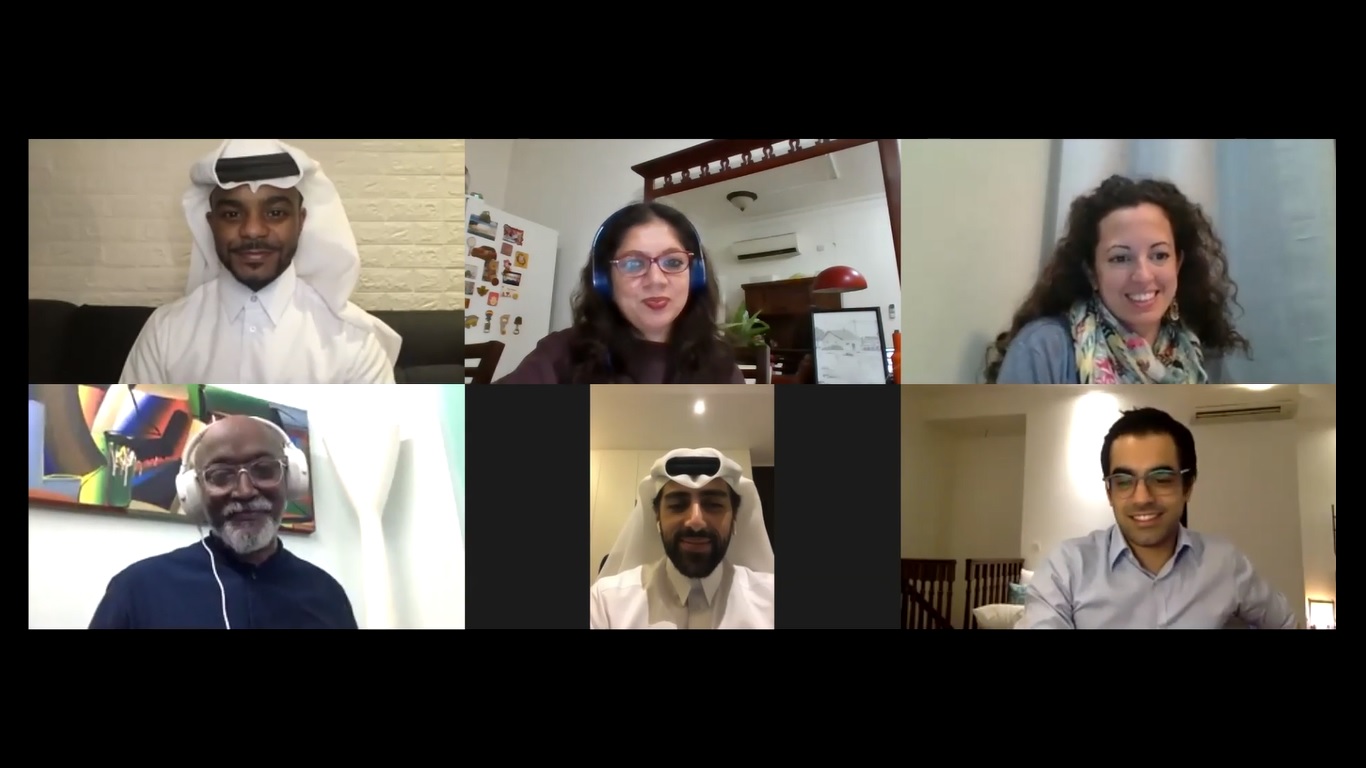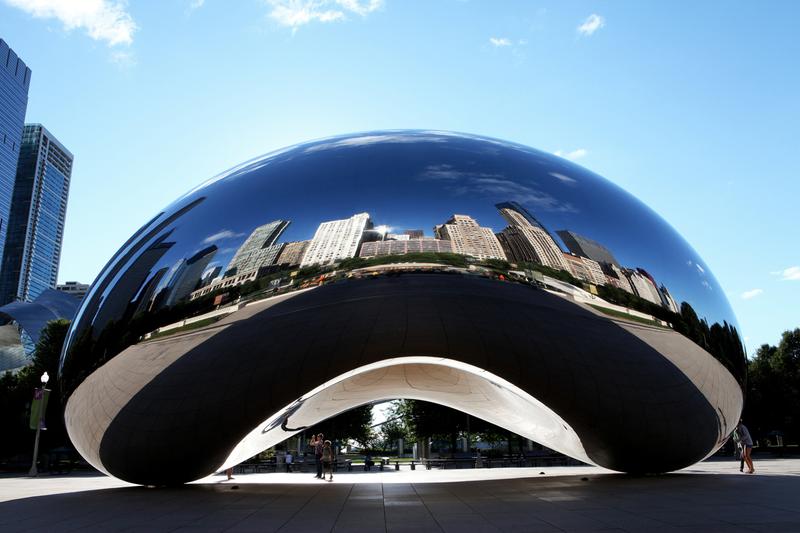The Role of the Public in Public Art
SCALE organised a Webinar on Public Art and the Built Environment on July 22 with panellists from Qatar and India sharing best practices in both countries. We take you through the significant concepts shared.
Public art can be a huge or small, abstract or realistic, site-specific, or stand apart in contrast, but what makes it special is its essential and unique association with the public. Kaws’ Holiday installation was a monumental, 40-meter long inflatable sculpture resting peacefully on Qatar’s dhow harbour. Previously displayed in cities like Hong Kong and Seoul, this iconic, floating art installation is said to be a reminder to mankind to make the most of the moment.

Kaws Holiday might be huge in size but the message its creator KAWS wants to convey is simple, to enjoy the moment,.

Kristen Visbal’s statue Fearless Girl was installed opposite the famous Wall Street Charging Bull in honour of International Women’s Day in 2017.
Some installations are small yet convey a strong message, like this statue of a defiant, unapologetic young girl positioned in front of the famed Charging Bull statue within New York’s Financial District, ready to take on the world of misogynists, a work of art by American sculptor Kristen Visbal.
Public art is a reflection of how we see the world – the artist’s response to our time and place combined with our own sense of who we are.

When these detailed biological depictions of the process of birth created by Damien Hirst were first installed, there was shock and disbelief expressed by the nationals for using the most intimate and perhaps cherished beginnings of life as a displayed artform but in a few years time, the same public appreciated it for what it was, a celebration of life in the most primal way possible.
Qatar Museums has a dedicated arm for Public Art and works of the local and international artists are integrated into the fabric of the land. A public art form that has stirred conversations while it raised a storm on social media in Qatar is the humungous 14 bronze sculptures installation of Damian Hirst in front of the Sidra Medical and Research Center. The figures range in height from 4.8 metres to 10.7 metres and weigh between 9 and 28 tonnes each that took approximately 8 years to complete. Depicting the stages of birth from an embryo to a newborn baby, this installation is both a visual delight in detailing and an attention grabber for its sheer size.
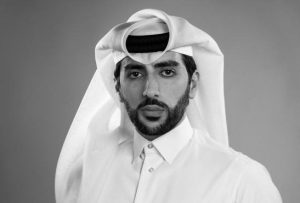 “The leadership has expedited what would have happened in the realm of public art in 10 to 20 years in Doha and that is the advantage of QM taking the lead on public art,”
“The leadership has expedited what would have happened in the realm of public art in 10 to 20 years in Doha and that is the advantage of QM taking the lead on public art,”
Abdulrahman Al-Ishaq
Head of Public Art
QATAR MUSEUMS
Qatar Museum’s head of Public Art Abdulrahman Al-Ishaq tells us how QM focuses on public art, considering this form of art as something that “brings the museum outside” as it puts “focus on what the society has to say about itself or any event happening at that point of time”.
QM promises to bring in more of such public art forms to the society as the country gears up to the World Cup 2022.
Contemplating on the first public art project of QM, Abdulrahman says, “I am not sure of the first artform but the one that put the spotlight on public art was the huge teddy bear at the Hamad International Airport (HIA) which drew a lot of criticism and then later became a landmark of Doha.”

After the initial flak and criticism, this awkward huge teddy bear right in the middle of the busy Hamad International Airport has become the identifiable landmark of the country and is a reminder of home and our comfort zone.
Lamp Bear by Swiss artist Urs Fischer that takes centre stage in HIA’s foyer hall is a 23-foot canary yellow teddy bear sculpted from bronze, that sits peacefully inside a lamp. It’s a playful piece that humanises the space around it and reminds travellers of childhood as one travels around the world, celebrating homecoming or the memory of home that lingers in every traveller’s mind.
“There is advocacy for art, empowerment of local artists, a pushing of boundaries of what is accepted. We are pushing the tastes of the public and it doesn’t have to be one unified taste, but we are pushing comfort zones of the people in Qatar and that is one of the advantages of Qatar Museums taking the leadership role in Public Art interventions. The leadership has expedited what would have happened in the realm of public art in 10 to 20 years in Doha and that is an advantage,” says Abdulrahman, “…and the disadvantage would be that there is a dependency on the leadership to take the initiative every time whereas we would love the community to take the initiative and come forward with art forms that integrate people.”
Till that happens Abdulrahman says that the leadership is handholding the public with thought-provoking public art interventions during this “incubation period” in Doha.
 “Most of the buildings within QF are designed by internationally renowned architects and each of the buildings comes with specific or distinct design briefs. Hence the artwork needs to align into the profile of the building, its function, concept, its brief and also the QF values.”
“Most of the buildings within QF are designed by internationally renowned architects and each of the buildings comes with specific or distinct design briefs. Hence the artwork needs to align into the profile of the building, its function, concept, its brief and also the QF values.”
Layla Ibrahim Bacha
Senior Art Specialist,
QATAR FOUNDATION
Layla Ibrahim Bacha, Senior Art specialist at Qatar Foundation takes us through the role that QF plays in making artforms accessible to the public.
“Education City is the physical campus of Qatar Foundation; with schools, universities, research centres, hospital centres, a library, golf course, museum, art galleries, equestrian centre and also museum spaces, a unique city within a city,” says Layla explaining more about Qatar Foundation to the listeners from around the world.
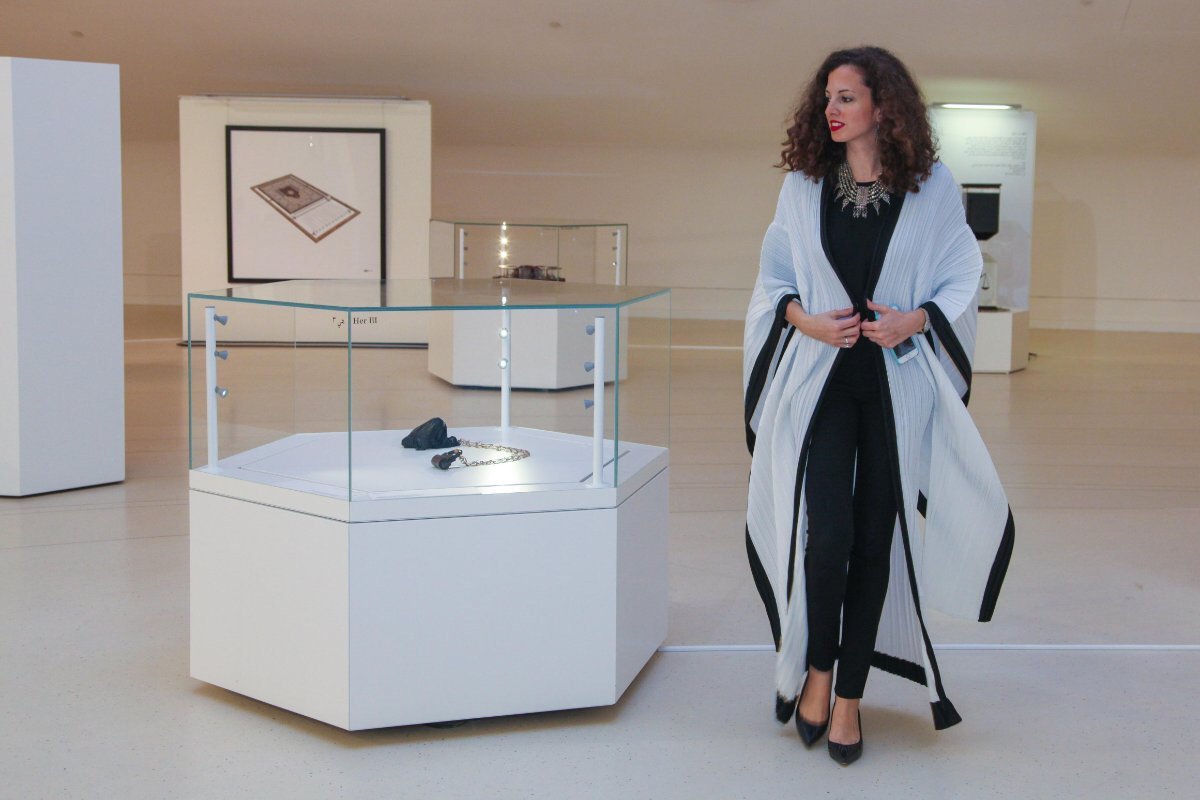
There are over 160 art forms in and around Education City and QF makes sure it is made accessible to the public through culture walks and talks that Layla takes care of.
Layla says that QF has more than 160 artworks around the Campus and the specificity of the artwork is a reflection of the context and in most cases, the buildings they are designed for. “Most of the buildings within QF are designed by internationally renowned architects and each of the buildings comes with a very specific or distinct design brief. Hence the artwork needs to align into the profile of the building, its function, concept, its brief and also the QF values.”
She shines a light on the work of Iranian artist Ramin Shirdel a multilayer calligraphy work that represents a verse from Quran exhibited prominently at Qatar National Library, an artwork that was finalised with the architect, Rem Koolhaas.https://www.facebook.com/startindiafoundation/
Making the artwork accessible to the public is also part of what Layla does at QF. “We organise art tours with students, to the public, which brings a connection not just to the artwork but also to the building they are exhibited in which would be inspirational for the student, with a link to the Universities. It is very important to portray and reflect the Arab and Qatari heritage to the students who come from various backgrounds and regions.”
 “Kochi Muziris Biennale 2020 will be held in its original timeline of four months, from 12 December 2020 to 10 April 2021, in accordance with the health guidelines issued by the Government. We are looking at all possibilities in design that ensure social distancing.”
“Kochi Muziris Biennale 2020 will be held in its original timeline of four months, from 12 December 2020 to 10 April 2021, in accordance with the health guidelines issued by the Government. We are looking at all possibilities in design that ensure social distancing.”
Bose Krishnamachari
President
KOCHI MUZIRIS BIENNALE FOUNDATION
Bose Krishnamachari’s diverse artistic and curatorial practice includes contemporary art, design, and sciences. He is the co-founder and founding President of Kochi Muzris Biennale and he took us through the initial steps taken for the Kochi Biennale which later on went on to become one of the most talked of contemporary art festivals in South Asia. From 10,000 Sqft to about 600,000 sqft area of exhibition area inside and outside of Fort Kochi, the first Biennale of India has had a sharp trajectory of growth; not just in the number of visitors’ but also in businesses that prospered within Kochi with the onset of this new tourist attraction. “The first edition open for 94 days had close to 400,000 visitors with Kochi being declared by the Mayor as the Biennale City. This was important because more than 44 communities live within this area and it seemed as if this festival of art united them all.”
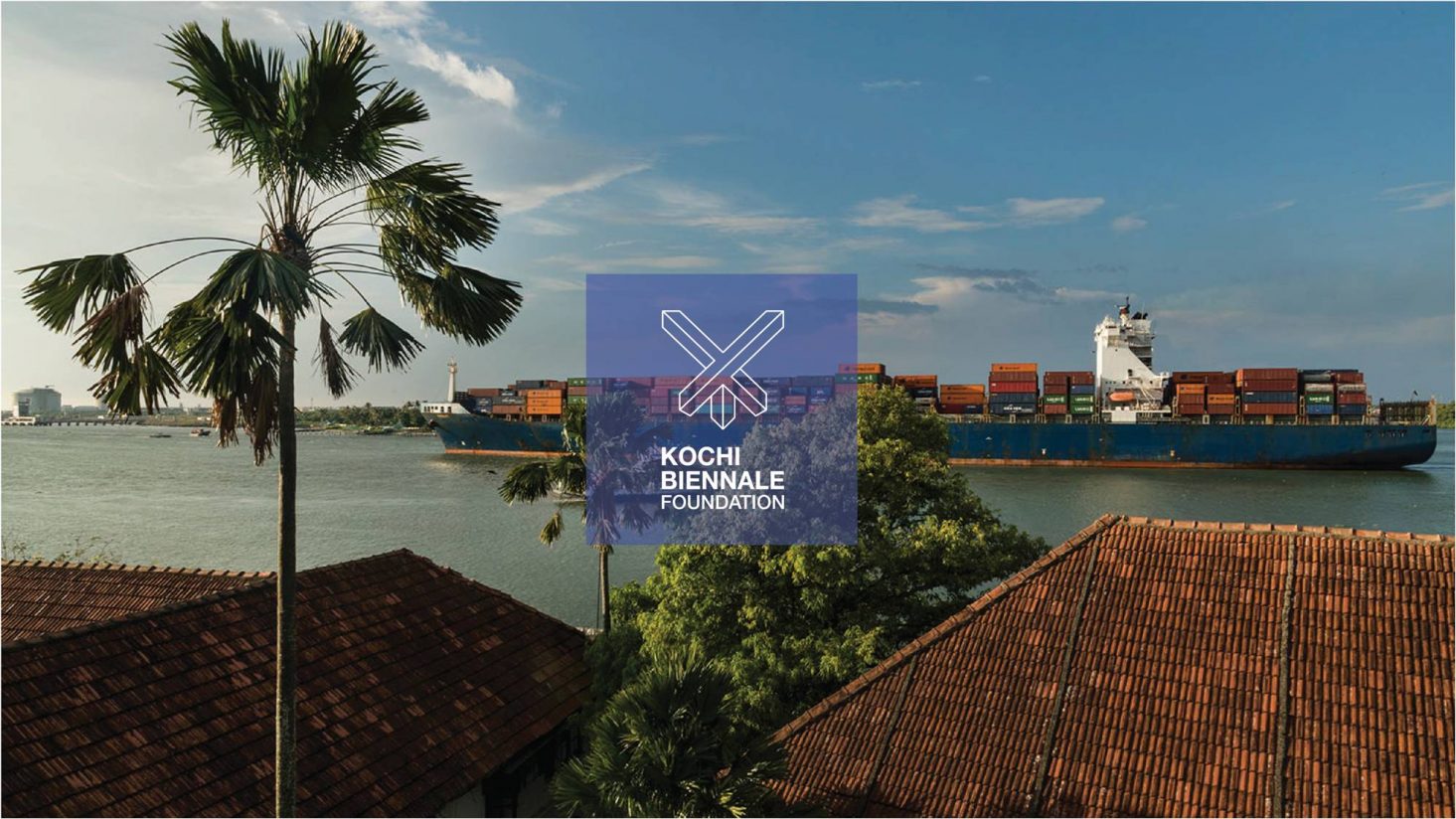 “When you speak of a Biennale it is actually a temporary museum,” says Bose, “and temporary art pavilions created by architects are also a highlight during the Kochi Biennale.”
“When you speak of a Biennale it is actually a temporary museum,” says Bose, “and temporary art pavilions created by architects are also a highlight during the Kochi Biennale.”
“Graffiti is generally used for political discourse but here we called on students from around India to create art on specific parts of the city which uplifted the cityscape. Curated talks, music programmes, art discourses, residency programmes, are all part of this festival, and the public is constantly engaged with each and every activity of the Biennale,” he says.
According to a report by KPMG and Urban Design Collective, Kochi Biennale brought in a 166% increase in the number of tourists visiting the state since 2006, with a 35% rise in foreign tourists visiting between December-March since the first edition in 2012.
Bose also took the moment to announce that the fifth edition of the Biennale will run from 12 December 2020 until 10 April 2020 and it will be seen as a revival project, one that will build people’s confidence and reboot tourism. “KMB will be held in its original timeline of four months in accordance with the health guidelines issued by the Government. We are looking at all possibilities in design that ensure social distancing.”
 “Lodhi District was a low-density residential for government employee which mostly acted as a thoroughfare with people walking through, but now after the artworks project, the place has metamorphosed into a “happening” corner of Delhi.”
“Lodhi District was a low-density residential for government employee which mostly acted as a thoroughfare with people walking through, but now after the artworks project, the place has metamorphosed into a “happening” corner of Delhi.”
Arjun Bahl
Founder
ST+ART INDIA FOUNDATION
Arjun Bahl, Founder of St+Art Foundation India kept the crowd mesmerised through the artwork on a larger canvas where the organisation brings art directly to the masses through art on walls of buildings surrounding them.
Taking us through one of their initial projects, the Lodhi District, one of the last buildings built by the British Empire before Indian Independence, wherein St+Art worked with 55 artists both international and local. “Lodhi District was a low-density residential for government employee which mostly acted as a thoroughfare with people but now after the artwork, the place has metamorphosed into a “happening” corner of Delhi. People come and visit the place, take selfies, have started small businesses here, use this as a backdrop for their own selfies and stories. Slowly this is converging into a tourist space of Delhi,” says Arjun. He says that the indigenous art of India was also given a platform to explore to keep in touch with the Indian roots in a contemporary canvas. “The agenda was to integrate art forms with the public through shows and even musical programmes set in these surroundings which even instigates interest in art. A mural wherein everyone was involved in creating it with an artist directing the work was also put up here.”

The transformation of Lodhi District is a case in point of artwork or public art elevating the built environment.
Unlike in Qatar, where the leadership has taken the initiative, India does not have an integrated art programme and yet the community or the diversity of the community is its wealth and both organisations, the Kochi Biennale and St+Art, have dipped into this wealth to create some of the best public artforms. Public interventions are the highlight in these stories of success.
The Biennale had a huge contribution from the Kerala Government, mostly by giving freedom to the curators to follow their instincts. Even private businesses play a part in joining hands with the community because in the end this is a tool for public intervention, added Bose.
Bose touched on the public participation aspect of the artform bringing to attention the 110-ton reflective sculpture Cloud Gate also known as the Bean which has been photographed by millions of visitors to Chicago’s Millennium Park. “The beauty of Kapoor’s sculpture is the way it interacts with its environment, distorting and magnifying the Chicago skyline and the faces of the tourists who come to see it. It is, fundamentally, a “public” work: mirroring urban life and interacting with each of the visitors,” he says.
Talking about how public art will change in the next ten years, Layla says that the last ten years has made sure that a culture of public art has been achieved, there is interest for the public art, the value is embedded in the society, there is a change in perceptions. “The form of public art has been developed and moved from monumental art like the artwork we had in roundabouts to artforms that the public associate and interacts with,” she says.
“We are at a very important juncture in Qatar,” agrees Abdulrahman, “We have seen a huge change in mindsets; when Damien Hirst’s Miraculous Journey was first revealed, there was protests and shock in the country, and in contrast to now fast-forward to now when Sidra was opened, there is acceptance and even admiration and appreciation for the art form. So, it can only improve and grow from here.”
What is Public Art when the Public is Displaced?
The pandemic displaces the public in public art. “Our life is all around public spaces and suddenly this puts a stop to all that,” says Arjun, “It also puts the focus on what more we can do. Maybe we did a lot during this time and it is time to pause and rethink. We are trying to innovate; public art is being reimagined.”
Layla agrees, “The question does arise that when there is no public, how does public art exist. Having said that we are human, we are resilient and we are known to rise out of any situation with an answer, and this time too we can hope to come up with solutions that are innovative. In Berlin, private spaces like balconies, became public and art was curated on these spaces. Public space can be re-imagined and designs of public spaces of cities will change to make it all accessible for us.”
Abdul Rahman says, “As humans, we are social creatures, are constantly geared to change. Things have changed and things will never be the same after the Corona too. But we will find solutions to handle or manage this change too. We had volunteers that created murals in Quarantine complexes to provide therapeutic art to the patients. There were challenges as the paint had to be purchased, space was lacking, but we came up with a scheme to make this possible.”
The public art initiative has encouraged many artists to showcase their talents and send a message across to the public through physical and digital forms. Arjun agrees that new forms of art will become popular, even applications like Instagram and Augmented Reality which will give a whole new dimension to artforms.
Bose feels that augmented reality is about momentary pleasure which will not last long. Public art meanwhile is all about physicality. Stories and memories will be a form of art that can be utilised. He says, “This has given us time to rethink our future. This shows us another way to be social and close when physicality is not possible. This situation has given us another medium to express ourselves,”
Abdulrahman adds, “Any form of art, is an art form, the question is whether it is public art, comes with its associations, whether it is trendy or accepted will change with time. I think that the internet is also a form of expressing public art, which you can manage accordingly.”
It is now clear that in any crisis, just like the one we are going through, Public Art is an essential part of our expression. These times bring into focus the importance of digital public art [public art that is shared online through social media or other internet capabilities]. Rather than just being an addition to the existing practice, one should try and start thinking about a way to use the digital public sphere to engage with everyone, even those who wouldn’t otherwise associate themselves with art.

